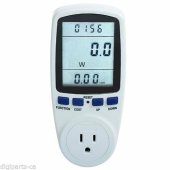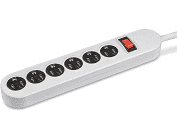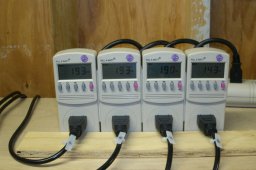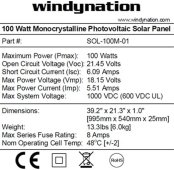I’ve got two unused panels (attachment) that I could use with 600W version but figuring for -20*F that puts me at almost 25V.
The unit header states 20-24VOC so am I safe to assume their 24VOC nomenclature accommodates that? Then
their ‘about’ field states, “Solar Grid Tie Inverter - Fit For 12V Solar Panel 21V(Voc) 18V (Vmp)” but my VOC is 21.45 which is more than 21 but less than 24…
My assumption is everything will be fine but in reading the ambiguity is annoying.
A second method would be a manual A/off/B switch and use one string of my 800W 4S2P but I can’t because each string is 88VOC(nominal). So the ‘spare’ panels it will be.
I briefly searched but couldn’t find another guerrilla/cheapo gridtie inverter with higher VOC - or in the description of one identical but different ’brand’ unit it mentioned battery charging and “low battery voltage”but of course these do not charge batteries… >rolleyes<






![IMG_0242[1].JPG IMG_0242[1].JPG](https://diysolarforum.com/data/attachments/75/75601-106a67d439e88ef43bf44f7ed4660e18.jpg)
![IMG_0243[1].JPG IMG_0243[1].JPG](https://diysolarforum.com/data/attachments/75/75602-b69775af5dee49b91b66ad0a23d8b0ec.jpg)
![IMG_0244[1].JPG IMG_0244[1].JPG](https://diysolarforum.com/data/attachments/75/75603-93c6dd83e53984f7ff12c37551c020b5.jpg)
![IMG_0238[1].JPG IMG_0238[1].JPG](https://diysolarforum.com/data/attachments/75/75605-4d63da8a7a30a0a9e7bf8885bbde0908.jpg)




